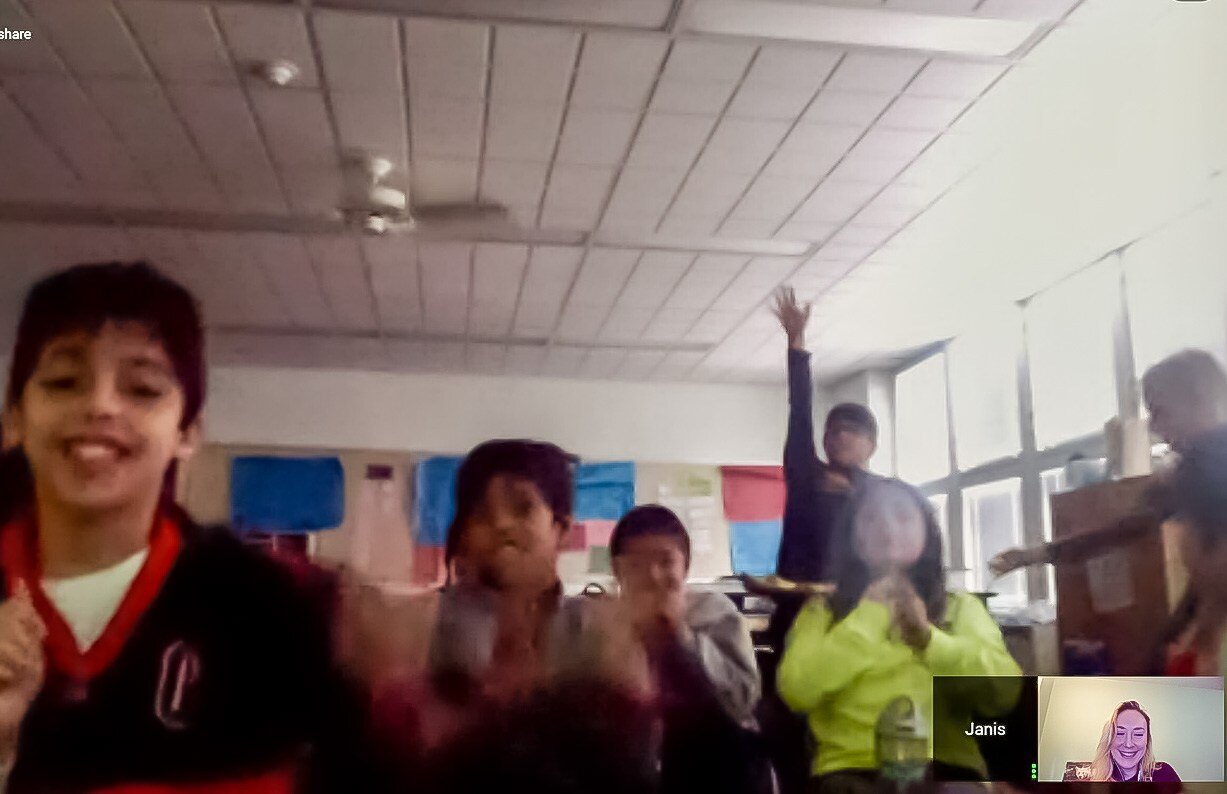It’s 2019 and let’s start with some big vulnerability…
I am a Conservation Scientist.
I am also a woman. And a settler-American-living-in-Canada. I’m a love-all-the-animals-dog-foster-mom and a marathoner and an eating-disorder survivor and a caver and a climber and a feminist and a worrier and a warrior. I’m acquainted with anxiety and depression, success and sexism, and wow impostor syndrome just wins sometimes.
I like getting glammed-up as much as I like being 3 days into a backpacking trip without a hair brush. I get highlights once annually and don’t always get enough sleep. I watch Netflix and work sometimes too much and sometimes too little.
Despite all these internal diversities that enrich my life and my work and my experiences, I am constantly fighting the pressure to streamline my messaging. I feel this continuous anxiety that I shouldn’t bring my personality to my #scicomm – that I should leave my feminism and femininity, my advocacy and emotion, my outside-of-science joys out of my work in order to be qualified to *belong* in the institution of science.
But in 2018, I was surrounded and immensely inspired by women bringing ALL of themselves to their work. Alexandria Ocasio-Cortez , Biologist Imogene , @caimarison , @livesinadream , Science.Sam , @andreajanereid , ALN , @alieward , and so(!) many more are doing something powerful and important — they are peeling back the layers of protection that women have had to utilize for so long to be taken seriously, and powerfully representing who they are and what they stand for.
So in 2019, I’m committed to bringing my whole self to my work. I’m bringing my intelligence and emotion, my joys, mental-hurdles, and hard days. I will bring my selfies and my backcountry adventures, my optimism and my bikini beach days. I will do so in recognition that I, that we, belong in the halls of academia, science, and government just as we are – right now. And we have the chance (each of us) to empower others as I feel I’ve been empowered this year. 💕💪🌎
(For more on Octavio-Cortez see @alexakissinger ‘s incredible 2018 Vox article: https://www.vox.com/…/alexandria-ocasio-cortez-congress-fir… )
















